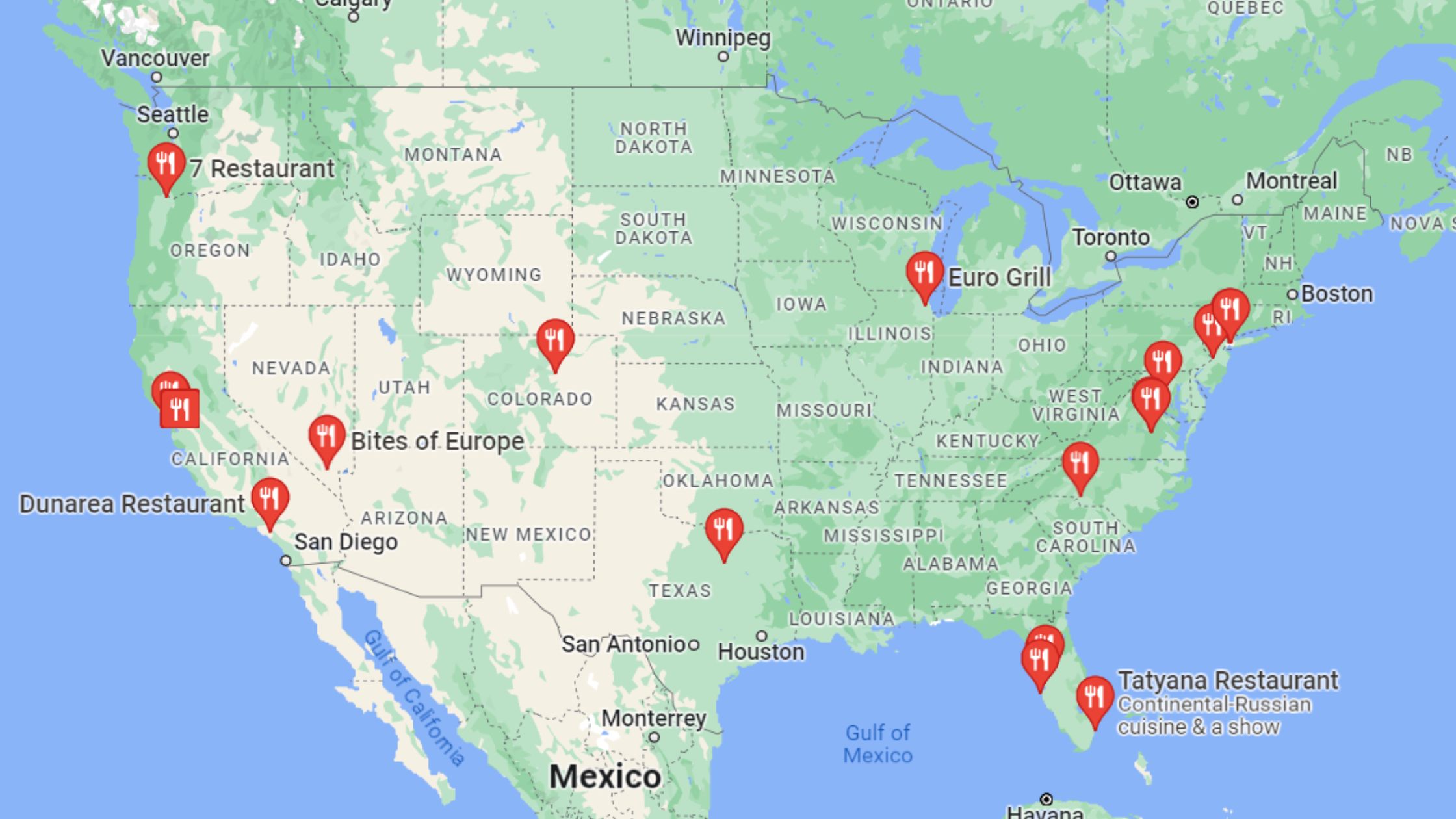A business plan for food distribution is a detailed document that explains the company’s goals, strategies, market analysis, and financial projections. Think of a food distribution business plan as your own personal GPS for success!
This document lays out all the tasty details of your food distribution company’s goals, strategies, market analysis, and financial projections. It’s like a map that shows you how to get from point A to point B and beyond!
And, just like a GPS, it’s not just for you – it’s also for investors, banks, or other lenders who want to join the foodie journey. With a well-planned roadmap in hand, you’ll be munching on profits in no time!
Why Do We Need A Food Distribution Business Plan?
The need for a food distribution business plan is critical for several reasons:
- Putting Your Food Distribution Firm on the Path to Tasty Success: A business plan is like a GPS for your food distribution company, pointing you in the direction of delicious success. You will have a far better idea of where you are going and how to get there if you have well-defined goals and objectives.
- Money, Money, Money: If you have a delectable business plan, prospective investors and financial backers will salivate over the opportunities presented by your firm. After you have presented them with the thorough picture of your market and financial predictions, you can sit back and watch the money roll in.
- Constructing a Gourmet Empire: A well-thought-out company strategy is analogous to developing a top-secret recipe for success. It guarantees that all of the elements necessary for a powerful and well-organized firm are in place, allowing your company to whip up success in record time.
- Utilizing Your Business Plan as a Thermometer for Progress: Use your business plan as a thermometer to measure how well your firm is doing. In order to ensure that your company is constantly operating at the optimal temperature for success, you need to regularly compare actual performance to predictions and make any necessary modifications.
- Putting the Competitors in a Pickle: If your food distribution firm has a detailed business strategy, it will have the competitive edge it needs to differentiate itself from the other businesses in the industry. Customers and investors will be drawn to your business like bees to honey if you demonstrate that you are committed to its continued success and expansion.
Creating a Food Distribution Business Plan
Creating a food distribution business plan requires careful planning and research. The following steps will guide you through the process:
- First, let’s perfect the formula! Establish a plan for your food distribution company and plan to succeed. Don’t only think about the secret ingredient in your business plan; consider the tasty items you want to distribute, the people you want to sell to, and what makes you and your company special.
- It’s time to undertake some market research and taste testing! Snack on some market research to learn about the food distribution sector and your rivals. Take use of the data at hand to better understand the market for your goods and address any potential issues you may encounter.
- Decide whether your firm will be a single proprietorship, partnership, limited liability company, or corporation, and then hire your main management personnel. They will serve as the company’s go-to chefs.
- Discover which online advertising, sales promotions, and PR tactics will have the most impact on your target audience and use them to your advantage. Every delicious dish requires a dash of salt and pepper, so think about the expenses and how you’ll pay for them.
- Distributing Your Products: Create a strategy for getting your goods into the hands of your consumers. Find your audience and learn what they’re looking for so you can satisfy their appetite.
- Cost Estimation: Determine how much it will cost to run your business, including overhead expenses like rent, utilities, payroll, and insurance, plus product acquisition and distribution. Don’t let your recipe for success run out of ingredients midway through preparation!
- The Financial Feast: Put together thorough income statements, balance sheets, and cash flow statements using all the data you’ve collected. Doing so will provide you insight into your company’s financial health and point you in the direction of any cash gaps.
- You want it to read like a cookbook, so make sure it’s simple and straightforward.
- Examine your business idea thoroughly and ask for input from others before launching. Changing the seasoning of a meal is a metaphor for revising your vision and objectives, so make sure they are reflected in your document.
- After a business strategy has been established, the next step is to put it into action, which is where we come in. Like a chef who constantly tastes the meal as it cooks, you must constantly assess your progress, quantify your accomplishment, and make modifications as required to keep on track.
What to include in the Food Distribution Business Plan
The plan should include the following sections:
The CliffsNotes Version: We’ll kick things off with a quick and snappy synopsis of our business plan, including:
What we’re hoping to achieve
- A rundown of the tasty treats we’ll be selling
- A glimpse into our market research findings
- A sneak peek at our advertising and sales game plan
- A summary of our budget projections
All About Us: Time to shine the spotlight on our business! In this section, we’ll go into detail about our company’s structure, ownership, management team, and history. We’ll also spill the beans on whether we’re a solo act (sole proprietorship), a dynamic duo (partnership), or a big corporation.
The Food Distribution Market Scoop: Let’s dig into the market and get the skinny on our competition, current trends, and anything else that might impact the demand for food goods. We’ll be sure to cover shifting consumer tastes, economic conditions, and government regulations.
Product Powerhouse: This is where we’ll dish up the details on the delicious food items we’ll be distributing. We’ll tell you where to buy them, how much they cost, and how they’ll make their way to your plates. We’ll also let you in on any exclusive agreements with suppliers and any patents or trademarks related to our products.
Marketing Magic: In this section, we’ll mix together our advertising, public relations, and sales strategies to create a potent promotional potion. We’ll also reveal our secret sales methods that will help us close deals like a boss!
Operating Plan: Here’s where we’ll serve up the details on how our business will run like a well-oiled machine. We’ll let you know where we’ll be doing business, what kind of facilities and personnel we’ll need, and how we’ll handle all the daily operations, including stock, orders, and customer interactions.
Financial Forecast: It’s time to take a look at the numbers and see if our business is financially feasible. We’ll include sales projections, cost estimates, and cash flow projections and make sure they’re based on solid research. We’ll also consult with a financial pro to make sure everything checks out.
To-Do List and Call to Action: Finally, we’ll wrap things up by summarizing the main points of our plan and highlighting our chances of success. We’ll give you a clear call to action, asking you to support our company and join us on this exciting food distribution journey!
Conclusion
A food distribution business plan is the recipe for success in the foodie world! It’s like having a secret ingredient to add that extra special touch to your tasty treats. With a solid plan, your food distribution company will soar to new heights and have customers coming back for seconds. Think of it as your very own culinary compass, guiding you towards deliciousness and prosperity.




